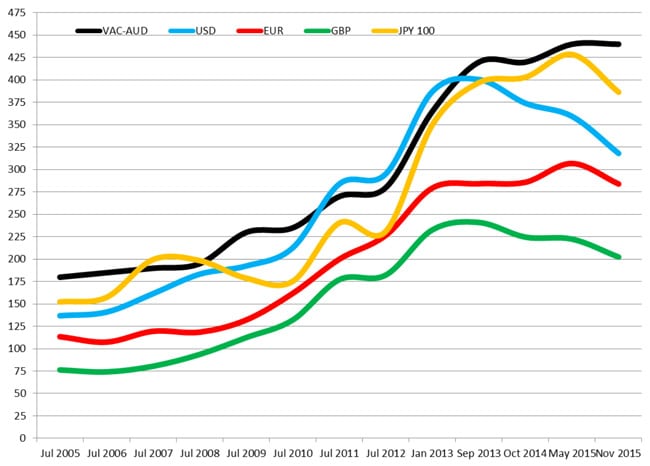Australia postpones new “backpacker tax” for working holiday makers
The Australian government has delayed implementation of a controversial tax for working holiday makers that was due to come into effect on 1 July. First announced in Australia’s 2015 budget and then confirmed with the current year’s budget on 3 May, the proposal had been widely criticised by farmers and regional tourism operators, both of which rely on working holiday visitors for seasonal labour requirements. The proposed tax had also come under fire from the tourism industry, and particularly from travel agencies offering work and travel placements.
The new tax would have removed a tax-free threshold of AUS$18,200 for working holiday makers, and, at the same time, established a marginal tax rate of 32.5% for all income earned in Australia. It was projected to generate an additional AUS$540 million in tax revenue over the next three years.
To say the least, this is a sharp departure from the current tax policy for working holiday makers, and, as the following table illustrates, one that would place Australia at a distinct disadvantage relative to competing destinations such as New Zealand and Canada.

A large sector, but shrinking
Working holiday travel is a substantial sector in Australia and is currently valued at just over AUS$3.5 billion. Nearly 227,000 foreign visitors entered Australia on a working holiday visa in 2015.
However, a new report by industry consultant, and former general manager of the Australian Federation of Travel Agents, Gary O'Riordan, points out the sector is already under pressure and that visitor numbers have declined over the last two years. Recommendations to grow the Australian Working Holiday Maker scheme highlights a more-than-12% drop in working holiday visas between 2013 and 2015.


- Lower the proposed marginal rate of tax on declarable earnings up to AUS$80,000 from 32.5% to 15% or 13% (this is on par with tax schemes for other categories of seasonal workers in Australia);
- Reduce the current visa application fee to a more competitive level (particularly in relation to fees charged by New Zealand and Canada);
- Raise the age threshold for working holiday maker visas to 35 or higher (this again aligns with working holiday policy in competing destinations, and compares to the current allowable age range of 18–30 in Australia).
O'Riordan is equally clear as to the economic impact of further declines in working holiday numbers in Australia. His report projects that a further 5% decline in working holiday visas will result in a AUS$5.6 million loss in government revenues and an overall economic loss (factoring in direct spending by working holiday makers) of more than AUS$170 million. A further 10% reduction, he estimates, will cost the Australian economy roughly AUS$340 million. As this analysis suggests once again, the wheels of government policy have a direct impact on the competitiveness of destinations. In particular, the declining numbers of working holiday visas over the last two years are likely to cast a long shadow over the government’s upcoming review and its subsequent policy directions for January 2017.
Most Recent
-
South Korea on track to attract thousands more international students within the decade Read More
-
International enrolment declines pressuring UK universities this year, with one in three facing significant financial challenges Read More
-
New Zealand expands work rights for accompanying dependants of foreign students Read More
Most Popular
-
Comparing student visa proof of funds requirements across 20 study destinations Read More
-
Canada: More provincial cap numbers announced; IRCC moves up end date for post-graduate work for partnership programmes Read More
-
Lessons from Denmark: The downside of limiting international student flows Read More















